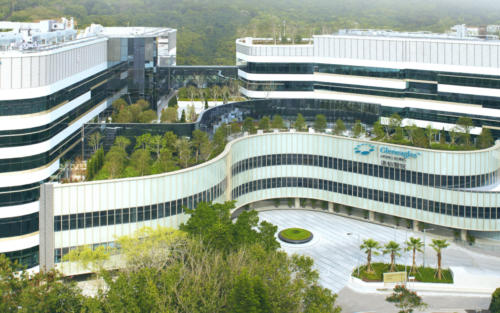Lumbar Spinal Stenosis
What is Lumbar Spinal Stenosis?
Spinal stenosis occurs when the space around the spinal cord narrows, putting pressure on the spinal cord and nerve roots. It is caused by gradual narrowing of the spinal canal due to encroachment by thickened yellow ligament (ligamentum flavum), enlarged facet joints between vertebare and bulging discs. The condition usually occurs as part of the normal ageing process.
Degeneration is the most common cause of lumbar spinal stenosis, which may occur in younger patients born with a narrow spinal canal, or patients with a curvature in the spine and spinal injury.
Symptoms of lumbar spinal stenosis include:
- Radiating leg pain or sciatica
- Radiating leg pain with walking or claudication
- Tingling, weakness or numbness that radiates from the lower back into the legs
- Symptoms generally develop slowly over time and may come and go
- Symptoms generally improve with leaning forward or sitting
Treatments for lumbar spinal stenosis may include:
- Activity modification
- Physiotherapy and spinal stenosis exercise programme including stretching exercise, massage, strengthening of lumbar and abdominal muscle
- Oral anti-inflammatory pain-killers to reduce pain and inflammation
- Physiotherapy which involves stretching exercises, massage, and strengthening of lumbar and abdomen
- Spinal (epidural) injections with local anaesthetic and steroid
- Surgical treatment is generally reserved for patients who have difficulty walking, which include:
- Laminectomy to remove pressure from the nerve(s)
- Spinal fusion to eliminate movement between the vertebrae






